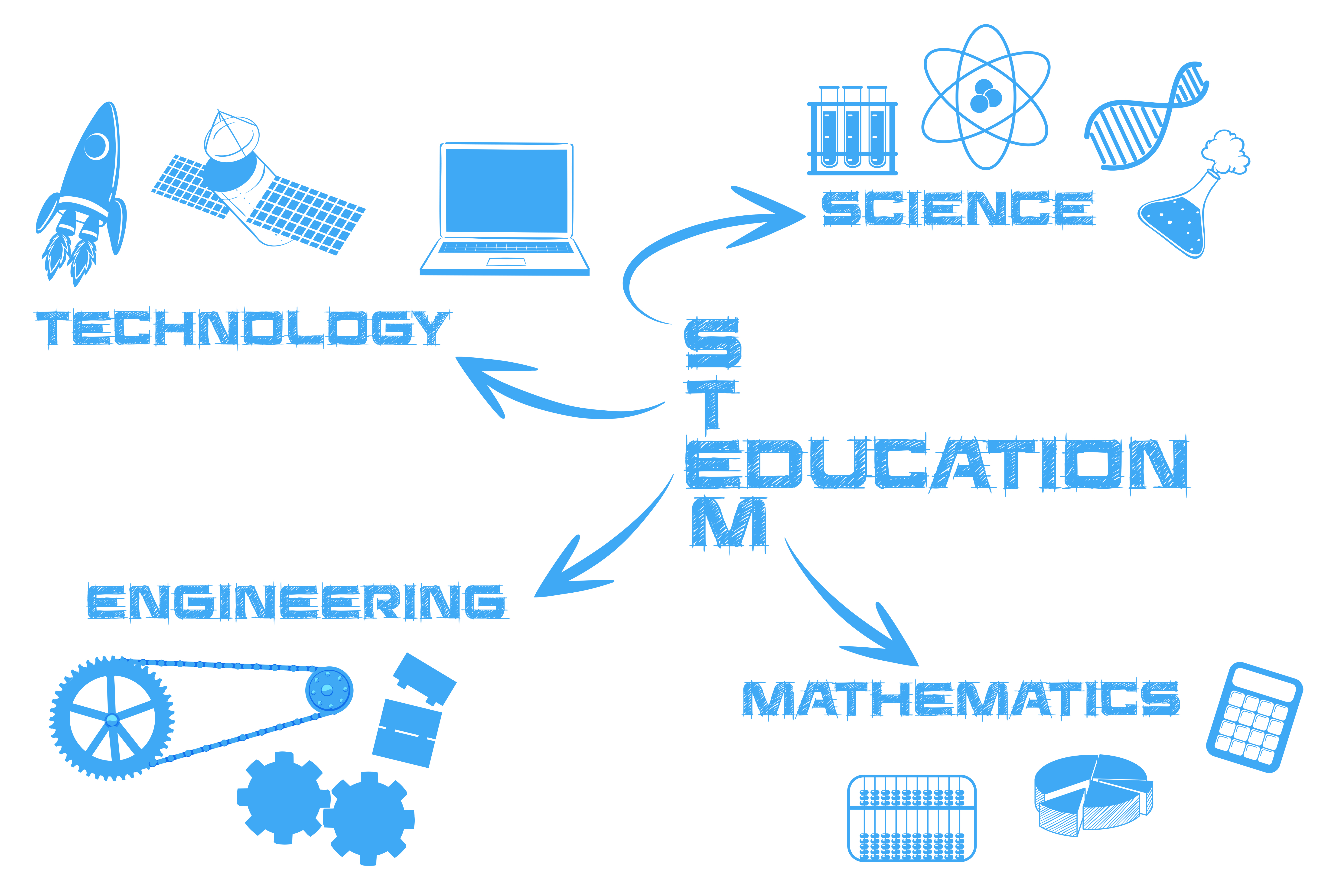

Legislative, lobbying or advocacy efforts or organizations.Political, labor or fraternal organizations, associations or civic service clubs.Religious organizations, churches and programs that are purely denominational in purpose.Please note, the APS Foundation will not support: Programs should demonstrate their ability to improve educational outcomes, increase access and/or offer an innovative approach to learning.Īll grantees will have specific reporting requirements and must submit a final evaluation before they can be considered for additional funding. Organizations must be registered as a 501(c)(3) public charity in good financial and public standing. The APS Foundation targets projects that help educators increase content knowledge in STEM subjects as well as the ability to transfer this knowledge effectively to students. Since 1981, the Foundation has invested more than $44 million in projects throughout Arizona that help prepare students to compete in a 21st century economy.Ī workforce proficient in STEM skills is critical to attracting and retaining high-quality businesses and industries to the state. The APS Foundation supports programs that enhance academic achievement in the areas of science, technology, engineering and math (STEM). The submission of this funding program is coordinated by RII with the assistance of the UA Foundation.

Monroe (Center for Recruitment and Retention of Mathematics Teachers) Diverse perspectives engage students in a variety of creative and critical thinking processes that are essential for developing innovative and effective solutions that impact communities or ecosystems.Ī robust K–12 STEM education enables Ontario educators and students to become innovators and leaders of change in society and the workforce, and creates opportunities in our diverse communities to foster integrative thinking and problem solving.H. including those inherent in the arts and humanities. As STEM education is implemented, it is important to engage diverse perspectives and ways of thinking. Alternatively, content from all four STEM subjects might be fully integrated to reinforce students' understanding of each subject, by enhancing their understanding of the interrelationships among them, and by providing the opportunity to apply a spectrum of knowledge and skills in novel ways in real-world contexts. Problem-solving application projects may be designed to combine two or more STEM subjects. STEM subjects may be taught separately, but with an effort to make cross-curricular connections a part of student learning. These skills are in high demand in today’s globally connected world, with its unprecedented advancements in technology.Īpproaches to STEM education may vary across Ontario schools. STEM learning integrates and applies concepts, processes, and ways of thinking associated with these subjects to design solutions to real-world problems.Įngineering design and innovation engages students in applying the principles of science, technology, and mathematics to develop economical and sustainable solutions to technical and complex societal problems to meet human needs.Īmong the transferable skills developed through STEM education are computational thinking, coding, design thinking, innovating, use of the scientific method, scientific inquiry skills, and engineering design skills. At the same time, it supports a more holistic understanding and application of skills and knowledge related to engineering design and innovation. STEM education helps students develop an understanding and appreciation of each of the core subjects of mathematics, science, and technological education. As students engage in STEM education, they develop transferable skills that they need to meet the demands of today’s global economy and society. K–12 STEM education is the study of science, technology, engineering, and mathematics, including cross-curricular and/or integrative study, and the application of those subjects in real-world contexts.


 0 kommentar(er)
0 kommentar(er)
